7106507134 REV5.1.0
Before your start
Congure the Access Point
Operating Modes
Access Point Mode
(Default Mode)
Repeater/Bridge Mode
Scenarios
You want to transform your wired (Ethernet) network
to a wireless one.
Which mode do you need? Please refer to the table to choose a proper
mode.
Multi-SSID Mode
You want to connect your devices to dierent wireless
networks and become isolated by VLANs.
Client Mode
You have a wired device with an Ethernet port and no wireless
capability, for example, a smart TV, media player, or game
console. You want to connect it to the internet wirelessly.
You are in a Wi-Fi dead zone or a place with weak wireless
signal. You want to have a larger eective range of the
wireless signal throughout your home or oce.
300Mbps Wireless N Access Point
TL-WA801ND
Quick Installation Guide
Access Point Mode (Default)
Transforms your existing wired network to a wireless one.
Wired Router
Internet
TL-WA801ND’s SSID
B CD A
1. Connect the access point according to Step A to D in the diagram.
2. Power on the access point, wait until the Power ( ) and Wireless ( )
LEDs are lit and stable, and use the default SSID and Password printed
on the label of the access point to join its Wi-Fi network.
Note: You can surf the internet now. For your wireless network security, it is
recommended to change the default SSID (network name) and the password of your
Wi-Fi network. To do so, perform the following steps.
3. Launch a web browser and enter http://tplinkap.net. Then log in using
Enjoy!
admin (all lowercase) for both username and password.
4. Click Quick Setup, select Access Point mode and click Next. Follow
the step-by-step instructions to complete the conguration.
5. Now, reconnect your wireless devices to the new Wi-Fi network.
DAB C
Client Mode
Connects your wired devices to a wireless network.
Internet
Host AP’s SSID
1. Connect the access point according to Step A to D in the diagram.
2. Power on the access point, wait until the Power ( ) and Wireless ( )
LEDs are lit and stable, and use the default SSID and Password printed
on the label of the access point to join its Wi-Fi network.
3. Launch a web browser and enter http://tplinkap.net. Then log in using
admin (all lowercase) for both username and password.
Enjoy!
4. Click Quick Setup, select Client mode and click Next. Follow the
step-by-step instructions to complete the conguration.
5. Now, your wired connected devices can surf the internet.
Repeater/Bridge Mode
Extends the range of an existing Wi-Fi network.
Internet
Host AP’s SSID
Host AP’s SSID
or
TL-WA801ND’s SSID
1. Connect the access point according to Step A and B in the diagram.
2. Power on the access point, wait until the Power ( ) and Wireless ( )
LEDs are lit and stable, and use the default SSID and Password printed
on the label of the access point to join its Wi-Fi network.
3. Launch a web browser and enter http://tplinkap.net. Then log in using
admin (all lowercase) for both username and password.
4. Click Quick Setup, select Repeater/Bridge mode and click Next. Follow
the step-by-step instructions to complete the conguration.
Enjoy!
5. Relocate the access point to a suitable place. For details, please refer
to FAQ > Q5.
6. Now, connect your wireless devices to the Wi-Fi network using the
Host AP/TL-WA801ND ’s SSID and password.
AB
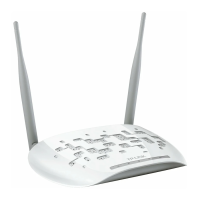
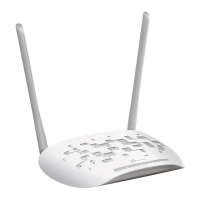
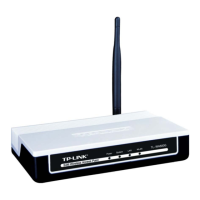
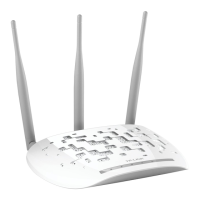
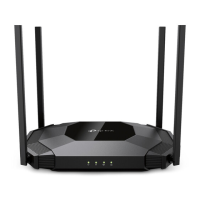

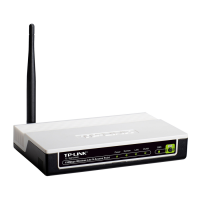
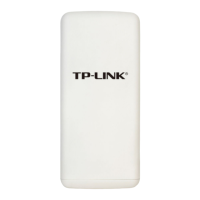
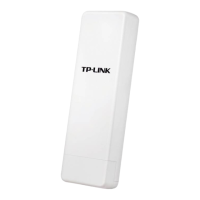
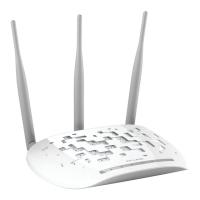
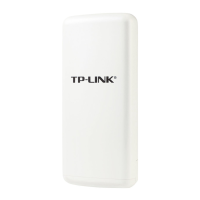

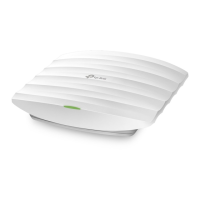
